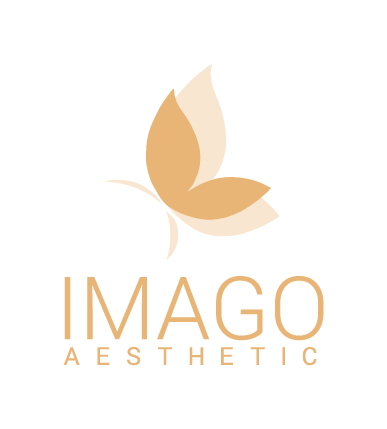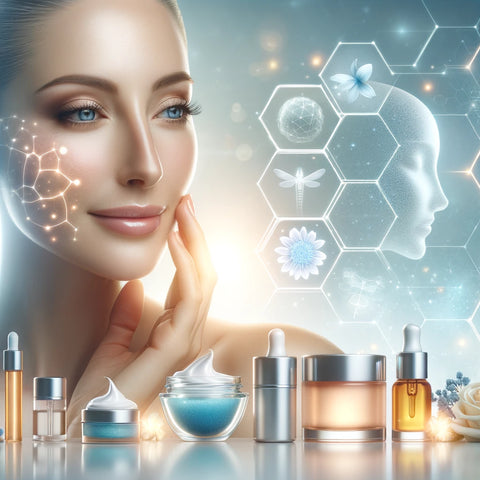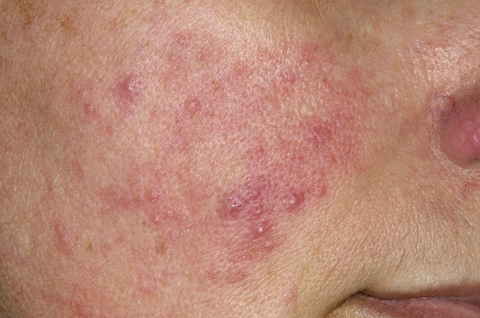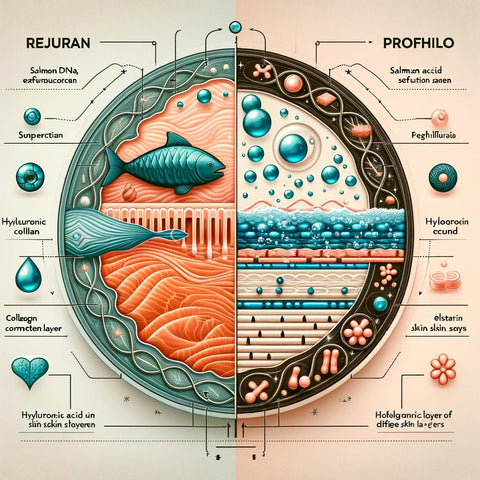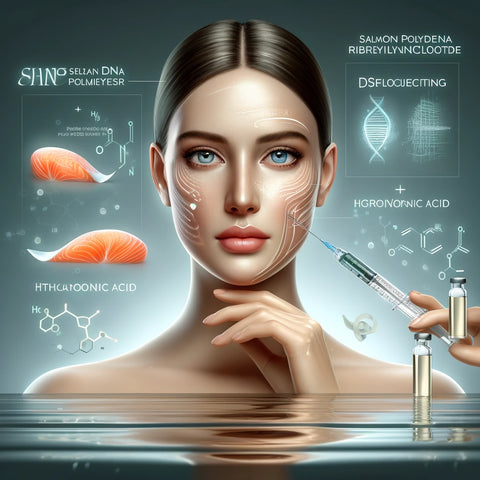Review of Aging Skin Treatments in 2024
The quest for young, glowing skin is a journey many undertake. Moreover, the most common anti aging skin treatments fall into a few main buckets:
- facials
- injectables and fillers
- laser treatments
- different topical products
Currently, two of the best facials for anti aging are Platelet-Rich Plasma (PRP) therapy and Microneedling. Both also offers promising results for those seeking to combat the signs of aging.
What Skin Treatment Makes You Look Younger?
Microdermabrasionis one of the most treatments in demand for those looking to restore their skin. It's a non-invasive procedure that tackles acne, fine lines and scars.
Furthermore, making it a well received treatment among young people eager to maintain a young appearance.
At What Age Does Your Face Change Most?
The most common facial changes occurs in the 40s and 50s. However, these changes can begin as early as the mid-30s and progress into later years. Because dull facial movements, lifestyle, and genetic factors can cause to these changes. Thus, it is crucial to start a skin care regimen early.
How Do I Stop My Face from Sagging with Age?
To combat facial sagging, it's essential to:
- maintain a healthy weight
- eat a steady diet
- avoid smoking
- limit alcohol consumption
- protect your skin from harmful sun exposure.
These habits, along with proper skin care, can also slightly slow down the aging process. Additionally, keeping your skin firm and supple.
Can You Regain Lost Collagen?
Starting in the mid-thirties, the body's collagen production begins to decline. However, there are various ways to boost or restore collagen levels, including drugs, diet changes, and medical treatments.
Collagen is vital for keeping skin smooth and supple. Furthermore, having collagen to tackle its loss is crucial in anti aging efforts.
How Can I Tighten My Face Naturally?
Natural methods like massage can improve blood flow and also enhance tissue tone. Using natural oils for massage or to apply egg white masks, adds value to tighten the skin. Which are simple yet helpful ways to care for your aging skin at home.
Conclusion
Aging is a natural process, but the journey to maintain young and bright skin doesn’t have to be a challenge. With the right treatments, such as Microdermabrasion, and healthy lifestyle choices. Noting them, you can enrich the appearance and health of your skin. Take note, it's not just about the treatments you choose but also about how you care for your skin daily.
At Imago Aesthetic, we commit to crafting the most effective and proper skin treatments to your unique needs. Chat with us to explore our array of anti-aging solutions and take the first step towards radiant, bright skin today.
Common Questions Asked about Acne Overview
Aging skin treatments mainly focus on skin restore and renewal. They can also reduce;
- the look of wrinkle,
- fine lines
- age spots
As well as give supple texture to the skin, and promote a more even skin tone.
These treatments can also help improve collagen buildup, which is crucial for keeping young and bright skin.
Most aging skin treatments are safe for various skin types. However, skin conditions and reactions vary for each person. So it's key to consult with a doctor before start of any treatment.
Because they can advise the most fitting options based on your skin type and specific aging concerns.
The frequency of aging skin treatments depends on the type of treatment and individual skin needs. You can do some treatments like facials - monthly.
While more profound procedures might require less frequent sessions. Because only a doctor can provide a fitting treatment plan based on your skin's condition and goals.
Absolutely! A healthy lifestyle can significantly enhance the effectiveness of aging skin treatments. This includes;
- carry out a healthy diet
- stay hydrated
- getting decent sleep
- reducing stress
- avoid smoking
- protect your skin from sun damage.
These habits further support skin health and can improve treatment outcomes.
